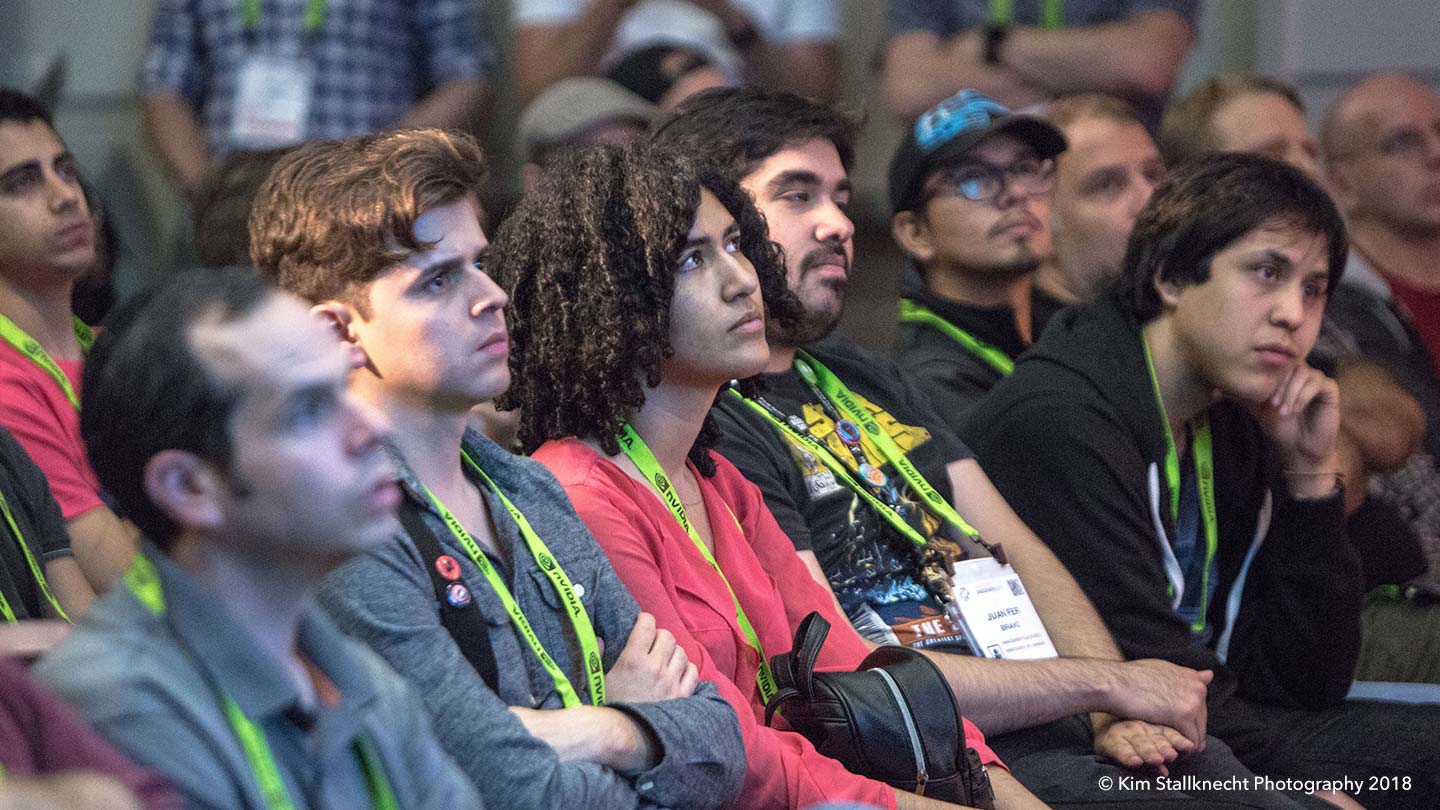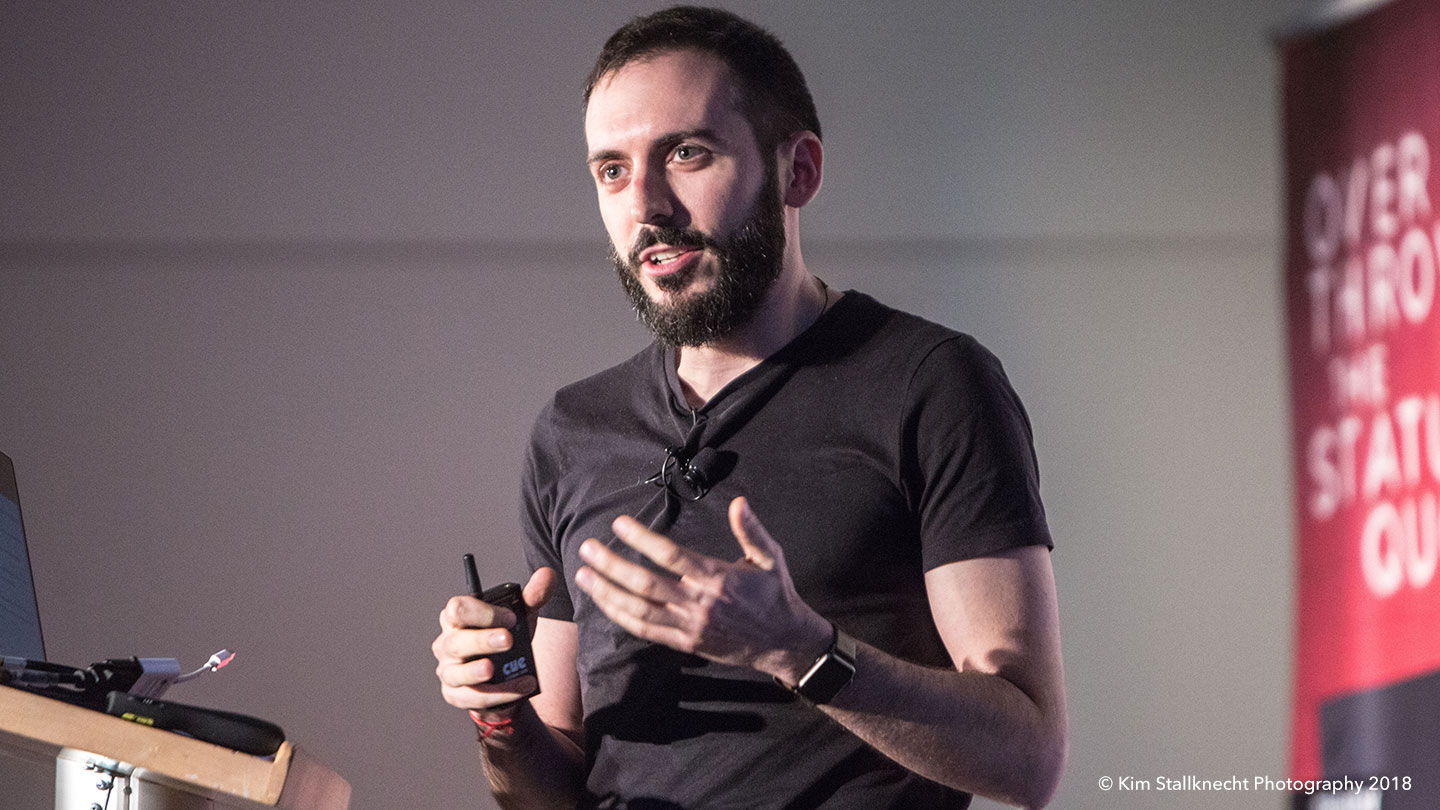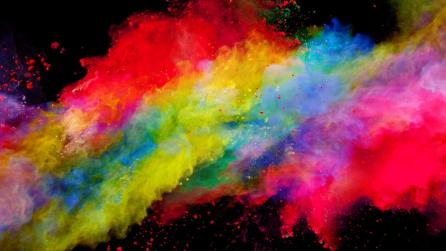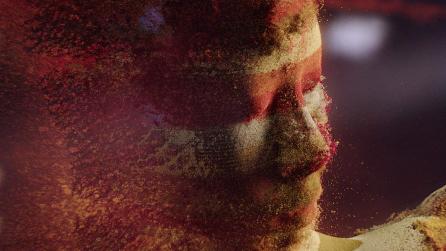Why Weta Digital chose Katana to streamline their pipeline
Both artists and supervisors are reaping the rewards now Weta has Katana
Recent years have seen Katana cement its position as the lighting and look development tool of choice both for the world’s top post houses and smaller players in the industry.
Everyone from giants like Pixar Animation Studios to smaller outfits like the Jakarta-based Cinemasphere have harnessed the speed and scalability of the toolset to handle the heavy scenes that are fast becoming the norm in modern productions.
Weta Digital - one of the world’s premier visual effects companies - has been using Katana for over a year on projects like Mortal Engines and Alita: Battle Angel.
We caught up with Jonathan Swartz, Katana Project lead at Weta, to find out what made them decide to make the move.
Lighting the way for Katana
Jonathan started out at Sony Pictures Imageworks, where Katana was originally developed, and moved over to Weta Digital for Avatar in 2009.
Since joining Weta, he’s been a key figure in advocating how Katana could benefit the studio: “I’ve been taking the things I learned about Katana at Sony into Weta’s mindset, and with the support of lots of people here, I‘ve built a Katana pipeline”, he says.
For many years, the lighting pipeline at Weta was primarily Maya-based, with bespoke verticals and tools built to handle the increasing complexity of the CG required. As Jonathan explains: “We built a lot of tools around Maya to make it talk to our CG - to be able to deliver big, complex assets like trees, hairy creatures, layouts.
Largely, we've had a history of abstracting that stuff away from Maya. Since it’s become so complex and high-fidelity, we've had to do this in order to even deliver this stuff to the renderer. We’ve been delivering these rich abstractions to the artists, with Maya acting like a viewport over the last 10 to 15 years.”
As time’s gone on, this approach has resulted in a fairly complicated entanglement of pipelines: “Gradually we’ve built vertical pipelines that take the work artists are doing from the moment they author them, all the way directly to the renderer with entry points for different departments along the way.
Our motivation now is to flatten these out - to have a platform we can build off and deliver the same rich content, but in a way the lighting artists can have more transparent access to all these different verticals, at all the points of development.”
Giving power back to the artist
Building a complicated set of bespoke pipelines presents a challenge - how can you ensure that your artists have the creative freedom to test out their ideas? They’d need to be experts in each vertical - each of which has its own particular quirks and idiosyncrasies.
Jonathan and his team wanted to find a way to remove these barriers to creativity: “We started to look around for ways that we could make the process better for our artists”, he says.
“With all these really bespoke pipelines to deliver our different asset types, people either needed to be a master of all these different areas, or a developer working on them to understand how to make a change or effect a new idea they wanted to do on a particular show.
So I needed to come up with clever ways to make that work - in lighting or in the scene assembly process.
We’d been hearing from artists more and more, louder and louder, that they couldn't really tell what is going on in their scenes. There wasn’t enough predictability in the process.
We wanted to provide a more transparent way for artists to explore how their image was being made and influence what was happening in their scenes before starting the expensive process of getting that image back. That interaction is critical since every new project presents a new challenge and we're throwing more detail and expense into our images every year.
We needed a better platform to connect the dots, to allow artists to come up with their own ways to improve our pictures without having to involve everybody across all of these very deep pieces of knowledge that cross our pipeline”.

The power of deferred loading
When you've got a deep pipeline for feature film, one of the biggest challenges is the sheer volume of data you have to handle.
It can take ages for scenes to load, and artists are left twiddling their thumbs while they wait, which means productivity takes a big hit.
“We deal with incredible amounts of data to be able to make the pictures that we do, and a huge amount of textures, geometry, hair caches, and layout details. Over time, our developers have built a lot of tools which help out with providing really good abstractions of that data. However, developers still have to make a decision about where to load a lot of the scene upfront and how to show it to artists in the way the developers think artists want to see it.
So we cut off a layer from the top and show it to them, and think ‘OK, they can apply it to most of the job’ - but with every new show there's some weird thing that doesn't quite fit into that layer.”
This is one of the big reasons Jonathan advocates Katana. With Katana, project files load in a flash, so artists can make changes right away; the processing of each part of the scene is deferred until you need to access it, so the UI remains responsive.
“It really lets us put that power back into artists hands,” he says.
“Katana loads all our data deferred, in a way that the artist can traverse the scene and decide at which point they want to stop loading it. Or if they want to go all the way down to that final mesh and see the texture and the shaders on that mesh, they can do that as well.
And they can keep the whole rest of the scene bundled up, just to see a proxy. It allows them to make that cut-off decision themselves, depending on what they're doing.
Every new show is a brand new challenge, and Katana gives artists the power to decide how they're going to approach that challenge.”

Freeing up supervisors’ time
While Katana has been great for empowering Weta’s artists, it’s also been a boon to the supervisors.
It allows the senior team members to more effectively coach and advise the juniors, Jonathan says: “We want our supervisors to be able to open someone’s scene, understand what's going on, and help that person communicate their ideas. We want them to be able to give them nodes to see where their assembly went wrong really quickly.
With Katana they can just open that scene up, almost instantly - and start to see how it was assembled.
That gives our supervisors a very high level of overview on what that person's process was, where it might be going wrong, and whether they want to view a node and cook that scene to investigate the broken aspects.”
The knock-on effect of this is that supervisors can focus on the areas in which they can bring most value, Jonathan explains: “We have a lot of really talented lighting supervisors, lighting leads, and CG supervisors, and we want them to be able to use their time most effectively. Now they can very quickly get into scenes, see what's going on, and help their artists out.
Katana is great for enabling those people to submit a frame as they walk out the door at 6pm and giving them the confidence that their image will meet their expectations in the morning.”
Interested in trying out Katana for yourself? Get a free 30-day trial of the toolset.

